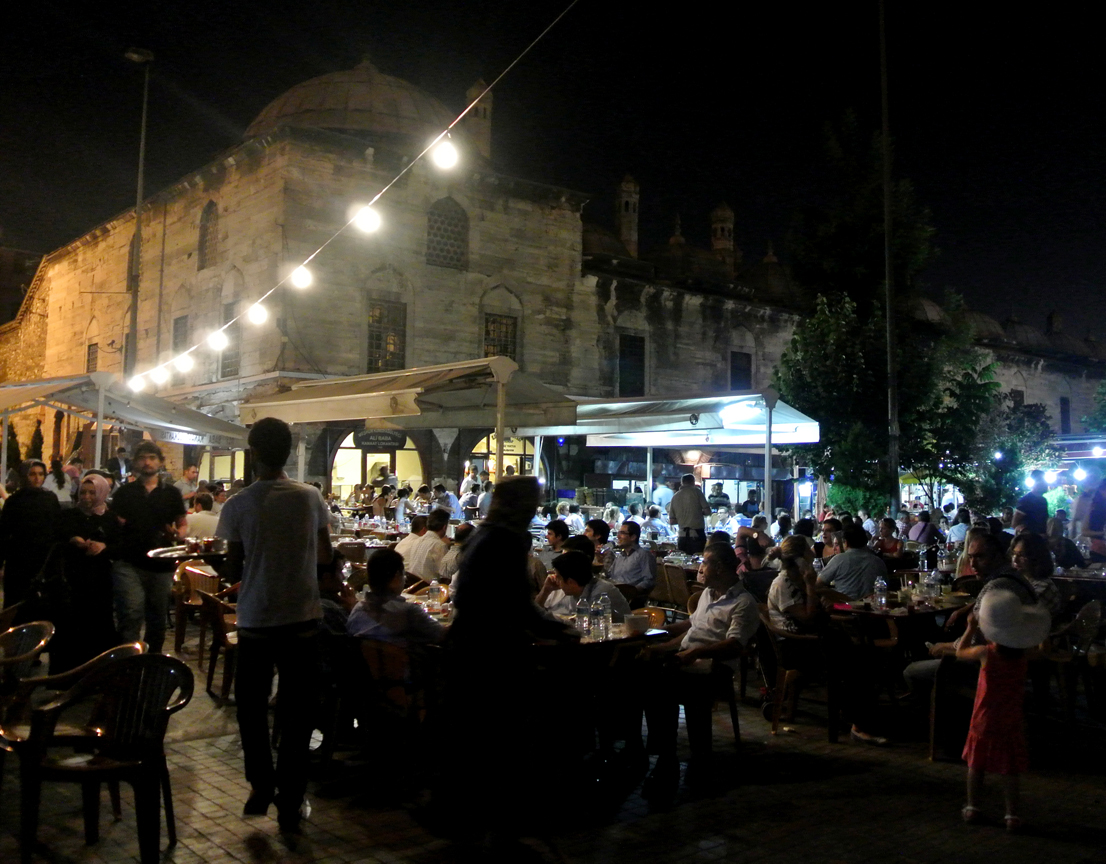"The Bazaar! The worst horrors are to be found in there... It is a labyrinth, a maze of arcades, without a glimpse of sky for several kilometers. It is closed in, suffocating, and secluded. Here and there tiny windows pierce the low barrel vault, and yet it is well lit. It is deserted at night and frenzied during the day.One does not enter a shop, one is sucked and shoved in; once inside the great machine, the ‘hustle’ begins. The verbiage is insane, shouted by five or six who have almost dismembered you alive. There are several others who scream dreadfully. Of course they know what you want even before you do." Le Corbusier in Journey to the East




























